Lumineers vs. Veneers: Understanding Aesthetic and Functional Needs
When it comes to enhancing the aesthetics of a smile, dental veneers are among the most popular options. Among these, Lumineers have gained considerable attention as a brand promising a "prepless" solution for achieving a flawless smile. However, despite their marketing claims, Lumineers are essentially porcelain veneers and come with their own set of advantages and limitations. This essay explores the reality of Lumineers, discusses why they are not truly "prepless," and highlights the importance of tooth preparation in achieving optimal aesthetic and functional outcomes.
What Are Lumineers?
Lumineers are a proprietary brand of porcelain veneers owned and marketed by the Den-Mat Corporation. Unlike traditional porcelain veneers, which typically require a minimum thickness of 0.5 mm, Lumineers are thinner, with a minimum thickness of just 0.3 mm. This reduced thickness is marketed as their primary advantage, with the promise that teeth do not need to be cut down for their placement. While this claim is appealing, it oversimplifies the complexities of veneer application and may mislead patients about the true requirements for achieving a natural and functional result.
Lumineers vs. Traditional Veneers: Similarities and Differences
Although Lumineers are often presented as a unique option, they are fundamentally a type of porcelain veneer. Both Lumineers and traditional veneers are made from durable, tooth-colored porcelain designed to mimic the natural appearance of teeth. However, key differences lie in their thickness, the associated preparation techniques, and their overall aesthetic and functional outcomes.
Thickness and Preparation
Traditional veneers require some removal of tooth enamel to accommodate their thickness. This ensures a seamless transition between the veneer and the natural tooth structure. Lumineers, being thinner, claim to eliminate the need for this preparation. However, achieving a natural appearance and avoiding bulky teeth often necessitates some degree of preparation even with Lumineers. Without proper tooth contouring, Lumineers can create a noticeable step at the margins where they meet the tooth, leading to potential issues such as:
Plaque accumulation: The step can create a surface that traps plaque, increasing the risk of staining and decay.
Gum irritation: Uneven margins can irritate the gums, potentially causing inflammation or periodontal problems.
Bulky appearance: The added thickness can result in overcontoured teeth, compromising aesthetics and comfort.
The Role of Tooth Preparation in Veneers
Tooth preparation is a crucial step in veneer application, whether for Lumineers or traditional veneers. Proper preparation ensures that the veneers fit seamlessly with the natural teeth, creating a smooth, natural-looking surface that mimics the appearance of enamel. This involves carefully removing a small amount of enamel to:
Accommodate the veneer’s thickness: This prevents the teeth from looking bulky or unnatural.
Establish proper margins: A precise fit reduces the risk of plaque accumulation and gum irritation.
Enhance aesthetics: Preparation allows the veneer to integrate with the natural tooth’s contours, achieving a lifelike appearance.
Without preparation, Lumineers may require modifications to their design, such as increased opacity to mask underlying tooth discoloration. This can make the veneers appear less natural and limit the aesthetic possibilities available to the dentist and patient.
Aesthetic and Functional Drawbacks of Lumineers
While Lumineers offer the benefit of minimal preparation, this advantage comes with several trade-offs. A primary concern is their potential to create a bulky appearance. Adding even 0.3 mm of material to the tooth’s surface can disrupt the harmony of the smile, particularly if the teeth are already properly aligned or proportioned. This can lead to:
Overcontoured teeth: Lumineers often extend beyond the natural contours of the tooth, making them appear too thick or too long.
Functional discomfort: The increased thickness can cause discomfort for the lips or tongue, particularly with elongated teeth.
Aesthetic limitations: Lumineers may not achieve the same level of natural translucency and color blending as traditional veneers, especially when masking discoloration or addressing significant shape changes.
Why Customization Matters in Cosmetic Dentistry
Each patient’s dental needs and aesthetic goals are unique, which is why a one-size-fits-all approach, such as Lumineers, may not always be ideal. Traditional porcelain veneers offer greater flexibility in terms of customization. Dentists can choose from a variety of porcelain systems, each tailored to address specific aesthetic and functional concerns. For example:
Tooth color and translucency: Traditional veneers allow for layering techniques that create natural depth and polychromatic effects, such as incisal translucency and mammellons.
Shape and proportions: With proper preparation, veneers can be designed to enhance the overall symmetry and harmony of the smile.
Functional considerations: Customized veneers can address functional issues, such as bite alignment, ensuring long-term comfort and durability.
By contrast, the "prepless" nature of Lumineers limits the dentist’s ability to fully customize the restoration, potentially compromising the overall outcome.
Case Study: The Importance of Proper Design
Consider a patient who desires veneers to address discoloration, minor misalignment, and worn edges. Lumineers might initially seem like an attractive option due to their minimal preparation. However, without adjusting the underlying tooth structure, the veneers may:
Appear too thick or opaque.
Fail to align properly with adjacent teeth.
Create functional issues due to excessive length or bulk.
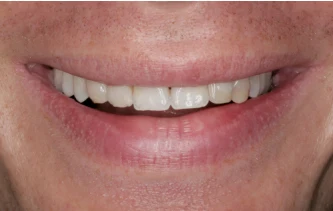
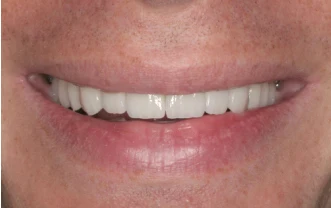
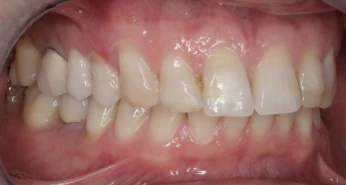
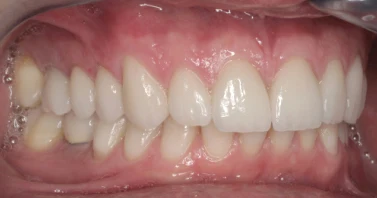
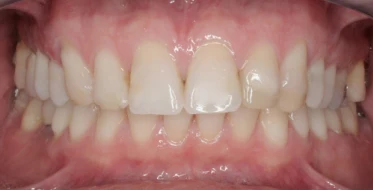
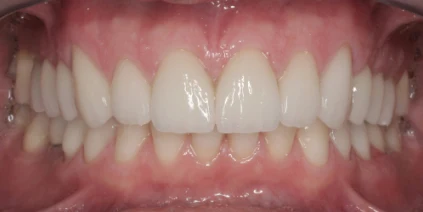
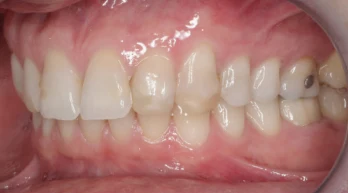
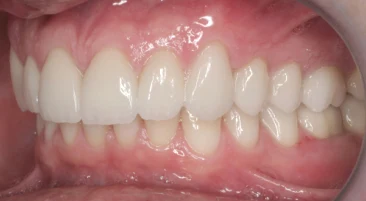
In contrast, a traditional veneer approach with minimal preparation could achieve a more natural and harmonious result. By carefully designing the veneers to enhance the teeth’s proportions, translucency, and overall shape, the patient’s smile can be transformed while maintaining a lifelike appearance.
Conclusion: Lumineers Are Not Always the Ideal Solution
While Lumineers are a viable option for certain patients, they are not a universally superior solution. Their "prepless" marketing promise often oversimplifies the complexities of achieving a natural and functional smile. In reality, some degree of tooth preparation is usually necessary to avoid the drawbacks of bulky, overcontoured teeth and to ensure a seamless, aesthetically pleasing result.
For patients considering veneers, it is essential to consult with an experienced cosmetic dentist who can evaluate their unique needs and goals. By selecting the right porcelain system and employing proper preparation techniques, patients can achieve veneers that are not only beautiful but also durable, functional, and natural-looking. Ultimately, the best choice lies in a personalized approach that prioritizes quality and precision over brand-name promises.
Many different porcelain systems are available, each of which addressing a specific aesthetic and functional concern. One should not be limited to one option, especially with the drawbacks as mentioned above.
The preparation of a tooth depends on functional and aesthetic goals. As shown on this website, many aesthetic challenges exist, and can be addressed if the right porcelain system and proper preparation techniques are applied. The minimum requirement for any tooth preparation for a porcelain veneer should be the margin, which serves as the "receptacle" for the porcelain veneer. Besides this, tooth size, tooth color, tooth spacing, and tooth alignment would have to be perfect to even consider a lumineer. With minimum preparation, porcelain veneers can be more predictable, beautiful, and yet absolutely natural:
References:
Molina IC et el. Partial-prep bonded restorations in the anterior dentition: Long-term gingival health and predictability. A case report. Quintessence Int. 2016; 47(1): 9-16.



